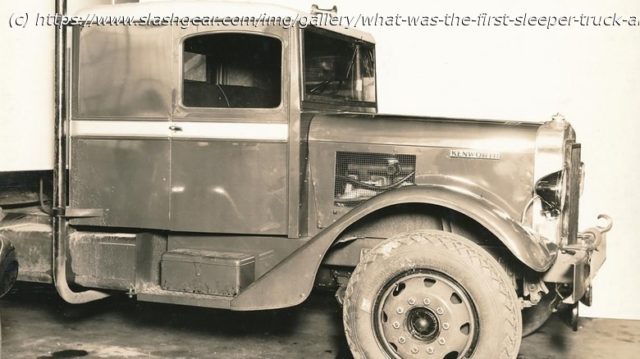Before semi-trucks had designated sleeper cabs, drivers had to improvise or stop at motels. The first sleeper cab was introduced in 1933 by Kenworth.
Prior to the 1930s, sleeper cabs in trucks, providing an area for drivers to rest, didn’t exist. It wasn’t until 1933 that Kenworth became the first manufacturer to offer an integrated sleeper section. This development was significant because it marked the first time an operator could actually lie down flat in a bunk inside his truck. Following a switch from gasoline to diesel engines, long-haul trucking routes became much longer, stretching from Los Angeles to Chicago. Before the sleeper cab, as supply demands ramped up, truckers were expected to keep hauling. There was a cavalier attitude toward driving while tired back then. Stories from the pre-sleeper cab era tell of fatigued operators opting for an awkward pillow over the steering wheel, which must have been uncomfortable, but better than the deadly alternative of dozing off at speed.
The sleeper cab transformed the trucking industry, improving productivity, options for team driving, and even driver retention. With day-to-day operations, a sleeper cab saved time and money, as the driver wasn’t required to find a motel every night.






